Asphalt shingles remain the roofing material of choice for most homeowners in the country. While there’s no denying their popularity, they are not without their issues, especially when they are subjected to extreme weather. Wind damage on asphalt shingles continues to be a controversial subject in the roofing industry, with persistent misconceptions wrongly attributing such occurrences to wind effects. Today, we discuss and debunk each one of them.
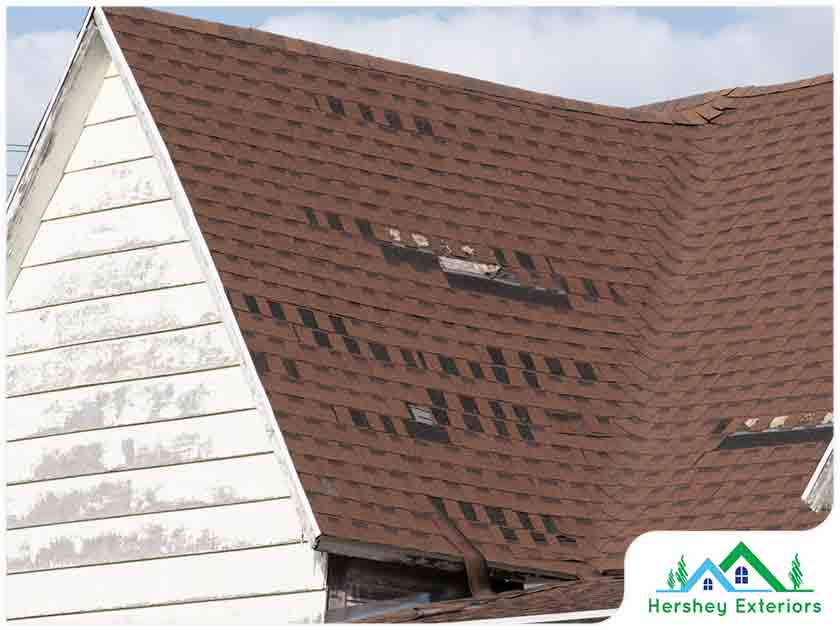
Myth #1: Wind Damage on Asphalt Shingles Isn’t Always Visible
Wind-lifted asphalt shingle damage is anything but invisible, especially if you know what and where to look. One must first consider how the damage happened in the first place. A wind-induced pressure differential should have occurred between the front and back of the shingle to the point where the factory-applied adhesive that keeps it in place fails. Then, a significant part of the shingle’s surface area becomes exposed to the wind, causing greater uplift force. As this happens, it starts to flutter and bend with the wind, resulting in a crease. Eventually, the tabs or shingle sections break off and are carried downwind, especially if the wind force gains enough strength to cause damage.
Any sealed-down shingle affected by strong winds will leave lasting evidence of failure in the form of creases, folds, tears, missing shingles or portions of shingles. Creases or tears, in particular, occur at the top of the exposed section just below the butt end of the overlying shingle. Professional roofers who perform thorough inspections and storm damage repair usually find signs of wind damage in areas exposed to higher wind forces like the eaves, hips and ridges.
Myth #2: Lack of Adhesion Indicates Wind Damage
Inadequate adhesion as the main reason for wind damage on asphalt shingles is another misconception that persists in the roofing industry to this day. It is nothing but a careless diagnosis because it overlooks the other factors for the loss of adhesion in the roofing material. Yes, strong winds can lift and crease or tear poorly adhered shingles, but not all of them are caused by the wind itself.
The loss of adhesion in asphalt shingles is due to the following factors:
- Manufacturing defects or inconsistencies
- Improper shingle installation, including installations done during cold weather
- Long-term exposure of the asphalt shingle roof to the elements, resulting in signs of aging and deterioration
- Adhesive contamination
- Expansion and contraction of the roofing material due to temperature fluctuations.
Take cyclic thermal expansion and contraction, for instance. It creates a pattern of unbonded shingle overlaps that extend diagonally and move upwards along the roof’s slope. This is akin to how these roofing materials were installed, especially in so-called “racked” installations. Here, unbonded shingles occur in a zipper pattern. They also don’t vary in terms of direction or areas of the roof where there’s greater or lesser wind uplift. The wind wouldn’t come from different directions with enough strength to cause adhesive failure on the overlaps.
Recent experiments have also shown that the absence of high winds can still lead to the loss of adhesion in asphalt shingles. One research concluded that partially unsealed shingles were due to the systematic failure of the sealant strip rather than a random event. A separate study also found that the frequency of unsealed shingles trends upwards after the first four to five years of the roof’s lifespan. Another attributed them to installation errors, particularly under-driven nails and the presence of debris in the sealant strip.
Myth #3: Tests Can Determine Shingle Strength Reduction Post-Storm
The Standard Test Method for Wind Resistance of Asphalt Shingles (Uplift Force/Uplift Resistance Method) or the ASTM D7158 is a common method used to demonstrate the strength of the roofing material when exposed to high wind events. Shingle manufacturers list compliance to this standard on material packaging or reference documents, but don’t include uplift coefficients or the calculated uplift forces established during the actual test itself.
Manufacturers don’t have access to this type of information, which is why interested parties turn to independent laboratories to test and calculate uplift forces of asphalt shingles. The thing is, these laboratories rarely can perform the aforementioned testing method. Even if it were available, it comes at a significant cost. Because of this, some of the people in the roofing industry calculate the design or intended uplift forces using other methods rather than perform ASTM D7158.
The notion that all installed shingles will meet the uplift loads determined using different ASTM methods is a misconception many still believe. Uplift load calculations for ASTM D7158 and other testing procedures will vary substantially. Even with the adoption of wind ratings for asphalt shingles set forth by the ASTM International and the International Code Council (ICC), performance issues attributed to wind forces still occur as already discussed above. In other words, there are asphalt shingles in the market today that don’t meet their design requirements despite the existence of ASTM standards.
Dealing With Wind Damage on Asphalt Shingle Roofs
Misconceptions aside, it pays to be vigilant when it comes to roof wind damage. Signs of such tend to be more obvious, but others are more subtle and would require a thorough assessment by a reputable roofing company. Nevertheless, expect to find the following after a severe weather event:
- Roof punctures from a fallen tree limb
- Large sections of exposed underlayment where shingle blow-offs have occurred
- Missing or damaged flashings
- Missing shingles along the roof ridge and hip
The indoors may also reveal signs of roof wind damage, particularly in the attic and finished living areas. Using a flashlight, look out for water leaks and stains on the rafters or attic floor. Turn the lights off, and check if there is daylight shining through the decking, which is an indication of damage on the other side of the roof. Also, see if there are patches of discoloration on the ceilings and walls.
Turn to Hershey Exteriors, Inc for top-notch storm damage repair and restoration services. We specialize in repairing all types of damage, especially wind-related damage that impacts your roof, siding and windows, and may compromise the structural integrity of your home. Expect us to provide affordable, high-quality services with prompt response time and a careful approach to every job we do.
As a GAF-certified roofing contractor, we bring you unparalleled craftsmanship and warranties for your shingle roof installation and replacement. We are proud to offer asphalt shingle products that boast high wind-, fire- and impact-resistance ratings. Learn more about them by calling (302) 569-9039 or filling out our contact form to request a free estimate.
Tags
Subscribe to Hershey Exteriors's Blog


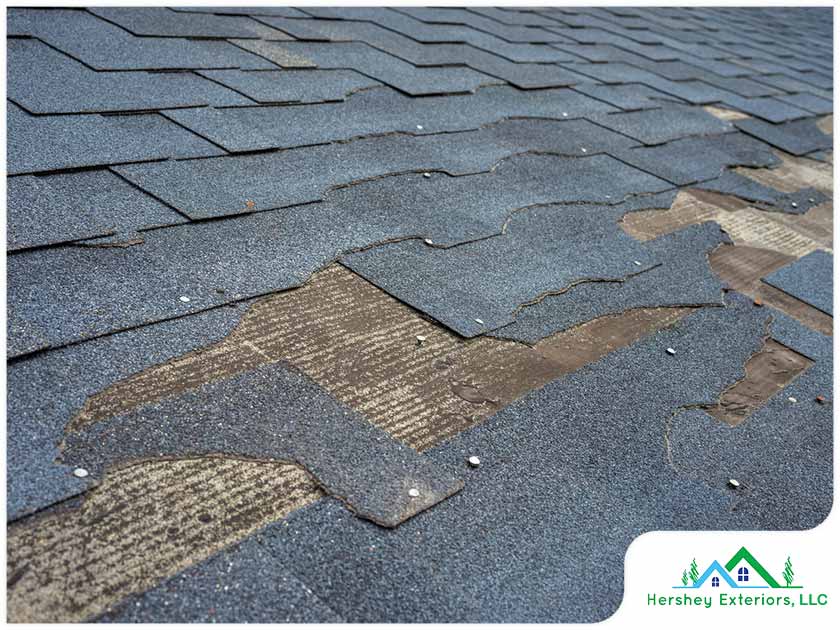
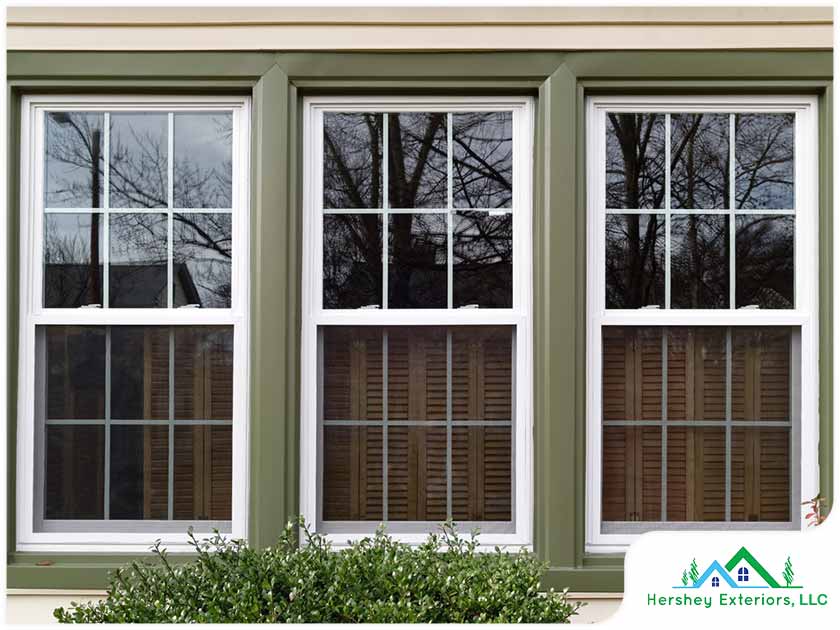
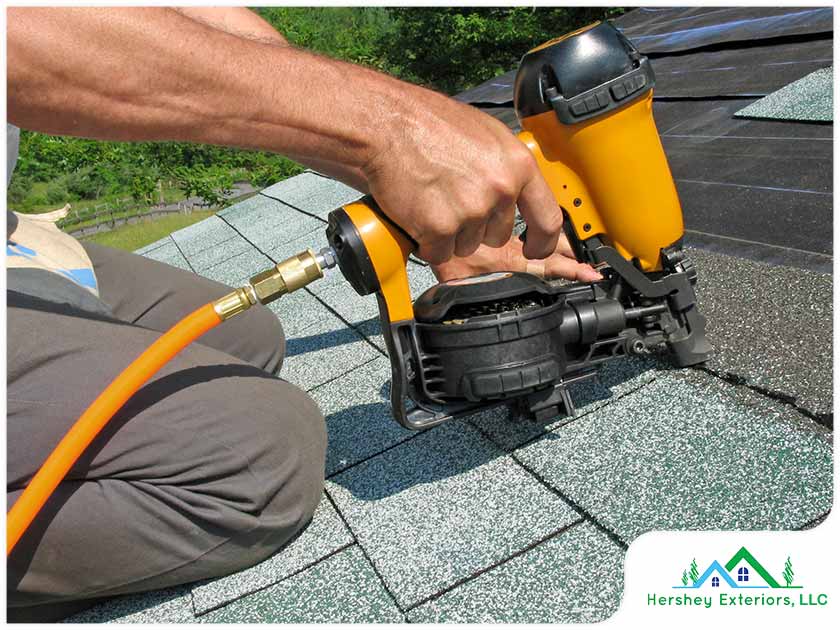
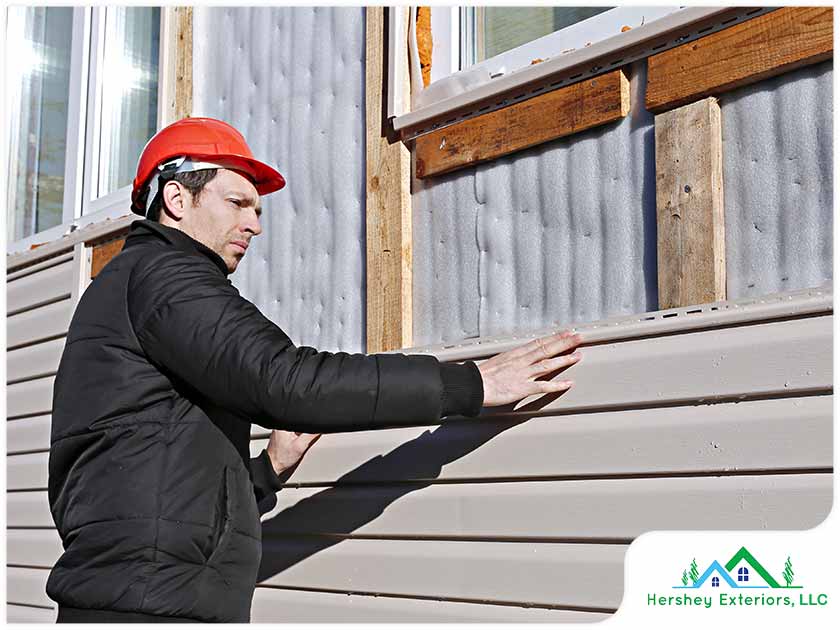
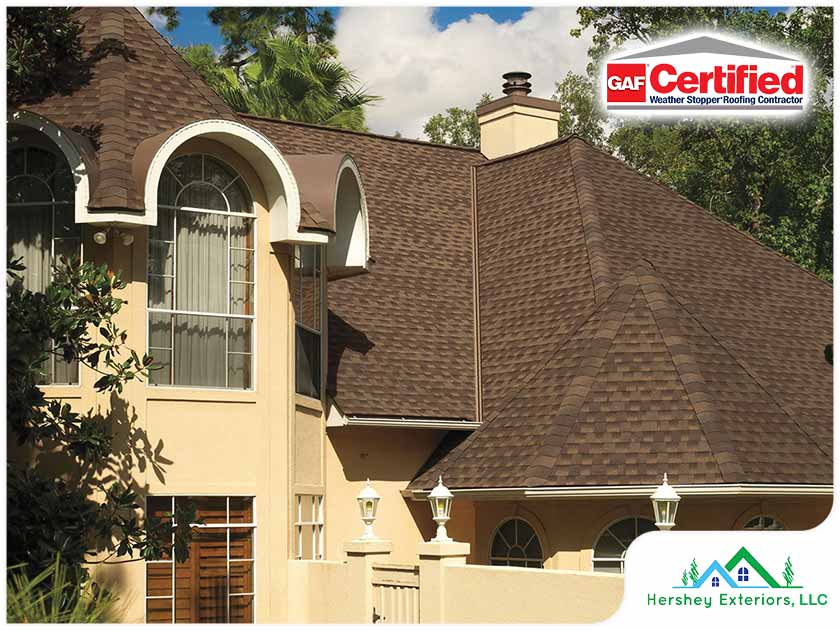

Comments